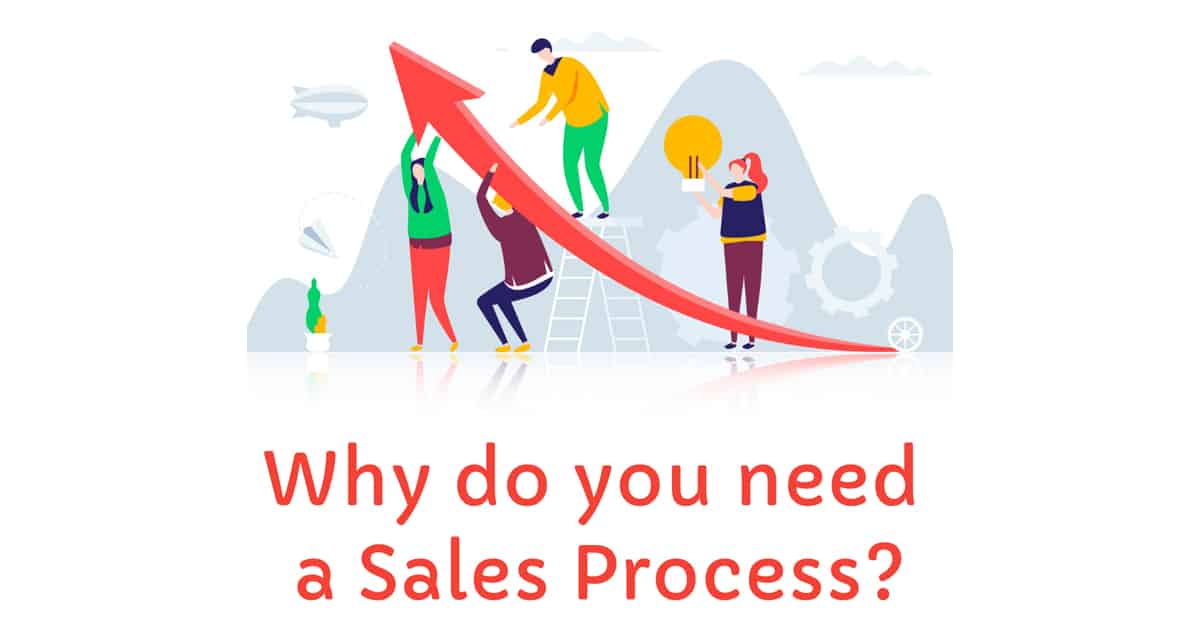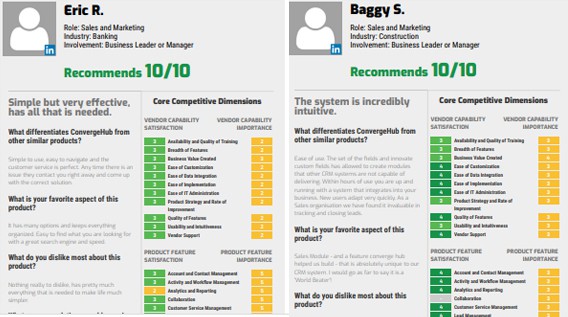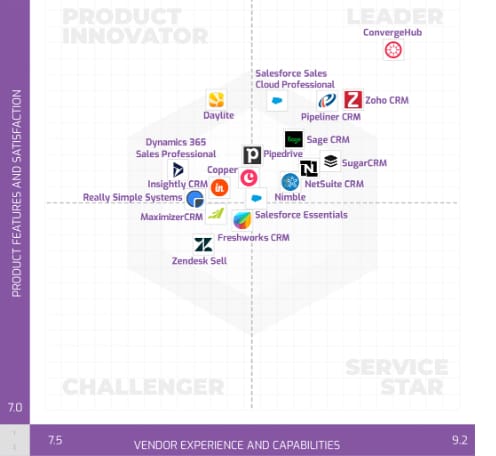“Lack of customer focus is clearly a point of failure”, says Gartner. In the next five years, more than 30% of businesses are going to succumb due to this, yet unfortunately 14% of the CMOs perceives “customer-centricity as the hallmark of their business”, reports CMO Council.
Given a choice, any organization would call them customers-centric, considering it a buzzword these days. Nevertheless, more often they are situationally selective. Their centricity is based on their interest (no bad intentions surely), instead of putting customers’ points first.
An organization becomes customer-centric when it starts to address customer concerns – be it related to products, finances, competition or something else. It’s not as simple as knowing your customers and targeting the promotions accordingly, improving acquisition and lifting sales. Yes, the better insight will automatically drive to this point , but this is not what customer-centricity means. Instead, it is how your organization is all ears to the buyers’ mindset and adopts decisions in the face of adversities to prioritize customers’ interest. For example, the fuel inflation surcharges by world-famous eCommerce portal Amazon. While many perceive it as a power play by the leading eCommerce brand, the outcome was customer happiness for sure. Because, at the end, Amazon did not levy extra prices on the customers.
Are you a customer-centric organization?
A customer-focused company understands the distinctive problems and expectations of your customers as well as the context of those needs. Accordingly, consistently deliver the products and services that meet those expectations. You are a customer-centric company if you
- Prioritize customer satisfaction over anything else (instant profit and short term sales). A lasting satisfaction will drive customers loyalty and advocacy. It will directly impact sales year after year.
- Build and nurture relationships at every level, instead of garnering short-term ROI.
- As much as your margin, costs, or marketing ROI, how much does an investment benefit the lives or businesses of your customers?
- Employees who generate results that benefit customers just as often as those who benefit the corporation should receive praise, rewards, and promotions.
- Find a concrete link between the perception or pleasure of your current customers and their lifetime worth to your business by analyzing your customer data.
- Measure consumer loyalty equally using lagging indicators of purchase behavior and leading attitudes of customer intent.
- Strive to consistently raise consumer feedback from the Voice of the Customer rather than just outperform your rivals’ ratings?
- make choices and develop strategies based on personas with needs or ideals rather than just segments with those characteristics?
- Listen to your employees’ concerns and address them.
In other words, customer-centricity is the sole differentiating parameter between aggressively profit making firms and others who recognize relationship building as the way to improve customer experience as well as ROI. The latter in most cases yields bilateral high-value relationships.
Now, the key question is how to generate seamless customer relationship management at every level. Basically customer-centric strategy is more of a mindset that actually helps business grow. With a modern day CRM tool, you can better achieve that. It collects your customer data in the most hassle-free manner.
The Power of an Integrated CRM Software to create a customer-centric strategy
Customer-centric strategy is the process of understanding and satisfying customers. And this happens with the data. By using data from your CRM, you can better understand what customers want. The customer relationship management (CRM) system helps build a relationship with customers by giving them personalized information about their needs, what they like and don’t like, and how to fulfill those needs. In addition to providing basic customer data, CRM systems can also be used as an advocacy tool. Customers will appreciate this high level of service if they know they will receive it consistently.
Satisfied customers are at the heart of customer centric strategy
Nearly 79% of successful customer interactions are data-based. Thus, data plays the prime role in managing customer interactions, when you are building a customer-centric strategy. With a CRM tool, you can get access to the data that makes the process more proactive. After all, customer-centricity is about providing your buyers with what they want and need at every level of their buying cycle.
By using data from your CRM, you can better understand what customers want
You can use data from your CRM system to better understand what customers want. By using data, you can identify trends in customer needs and develop a customer-centric strategy. For example, if a person has been visiting your website multiple times and purchasing items every time he or she visits the site, then it’s likely that he or she is interested in learning more about products that come with free shipping options.
By tracking customer needs over time using CRM systems, you will be able to see which areas need improvement and how much impact each adjustment has on overall sales numbers. This information will help guide future marketing campaigns so they align with what’s most important for each individual customer base at any given moment in time (e..g., high demand for gift baskets).
CRM helps deliver more personalized information
The customer relationship management (CRM) system helps build a relationship with customers by giving them personalized information about their needs, what they like and don’t like, and how to fulfill those needs. The CRM system collects data about customers’ preferences and other parameters such as location or product usage history. This information can be used to determine how well a product or service meets your customer’s needs so that you can make better recommendations in the future.
CRM systems also allow you to create personalized messages for each individual customer by analyzing their behavior patterns so you can tailor content based on factors such as age range or gender. This allows you to provide more relevant content because it allows you to understand what will most likely interest someone at any given time
CRM systems perform as an advocacy tool
CRM systems can also be used as an advocacy tool. It’s important to keep in mind that CRM is not just about collecting customer data, but also using it to improve your customer service and loyalty programs.
For example, a company could use its CRM system to monitor customer feedback on social media platforms like Facebook or Twitter. If they see negative comments about the product or service being offered by the business, they can respond quickly by addressing those concerns directly with concerned customers through email or chat messages on platforms such as SquareSpace (or any other platform that integrates with Salesforce).
In addition to providing basic customer data (what you already know about them), CRMs can also help facilitate building relationships between companies and their target audiences through cross-selling opportunities–a practice whereby businesses offer products related to their primary one in order for customers who buy one type of product from them might also purchase others related ones as well!
Customers will appreciate this high level of service if they know they will receive it consistently
Customers will appreciate this high level of service if they know they will receive it consistently.
Customers want to feel special and valued, so when you do something for them that is unexpected or out of character for your company, it builds trust in the relationship. They also like knowing that their voice is being heard by someone on behalf of the brand–and not just because someone else has chosen to listen instead!
Customers want an intimate experience with brands; one where everyone feels like a part of something bigger than themselves–a feeling which can only be achieved through constant communication between employees who genuinely care about each other’s wellbeing at work (and outside too!).
It’s important to know what your customers want before trying to meet their expectations
When it comes to CRM, you need to know what your customers want before trying to meet their expectations. It’s much more than just a database where you store contact information–it’s an opportunity for companies like yours to understand who they are and how they work.
CRM systems help build a relationship with customers by giving them personalized information about their needs, what they like and don’t like, and how to fulfill those needs.
If you’re not using a CRM system yet but are considering one now because of the benefits it can provide in building customer relationships (and making money), then I highly recommend choosing one that gives back control over data privacy rights as well as offering other features such as automated reminders based on previous interactions with users or automated requests sent out when someone signs up for something new at your company (like subscription services).
ConvergeHub Ranked #1 by the Software Reviews in Customer Relationship Management
ConvergeHub has been named the #1 CRM product in the Midmarket Segment by Software Reviews, the largest and most reputable software marketplace in the world, in their most recent Data Quadrant analysis. We have been named leaders in customer relationship management based on the responses of actual users for each segment.
The study is based on evaluations made by business experts who are the top competitors in the midmarket space. You may have been aware that rankings on Product Reviews reports are based on information given to them by actual software purchasers. Because these insights are based on researched, verifiable, and legitimate reviews, prospective customers are aware that they may rely on them while conducting software research and selection.
ConvergeHub’s CEO, Shampa Bagchi, claims that the company’s cutting-edge CRM solution was developed using top-notch methods and real-time analysis. It offers a perfect fusion of support, sales, and marketing to aid firms in achieving departmental synchronization. In addition, she stated that the company would continue to develop observability technology for simple, automated monitoring and troubleshooting solutions.
Among 11 categories in Vendor Capabilities and Experience , ConvergeHub has bagged six awards in the following segments.
- Availability and Quality of Training
- Ease of Implementation
- Ease of Customization
- Usability and Intuitiveness
- Quality of Features
- Product Strategy and Rate of Improvement
Wrapping up
So, what does all of this mean for your business? It means that you need to be customer-centric in your approach to marketing. Today, in a highly competitive marketplace the only differentiating factor is how effectively you are serving your customers. Data indeed helps customers to provide personalized service. In fact, you can turn every sale into an opportunity for customer loyalty, which further translates into your survival strategy in an ever evolving marketplace.





















